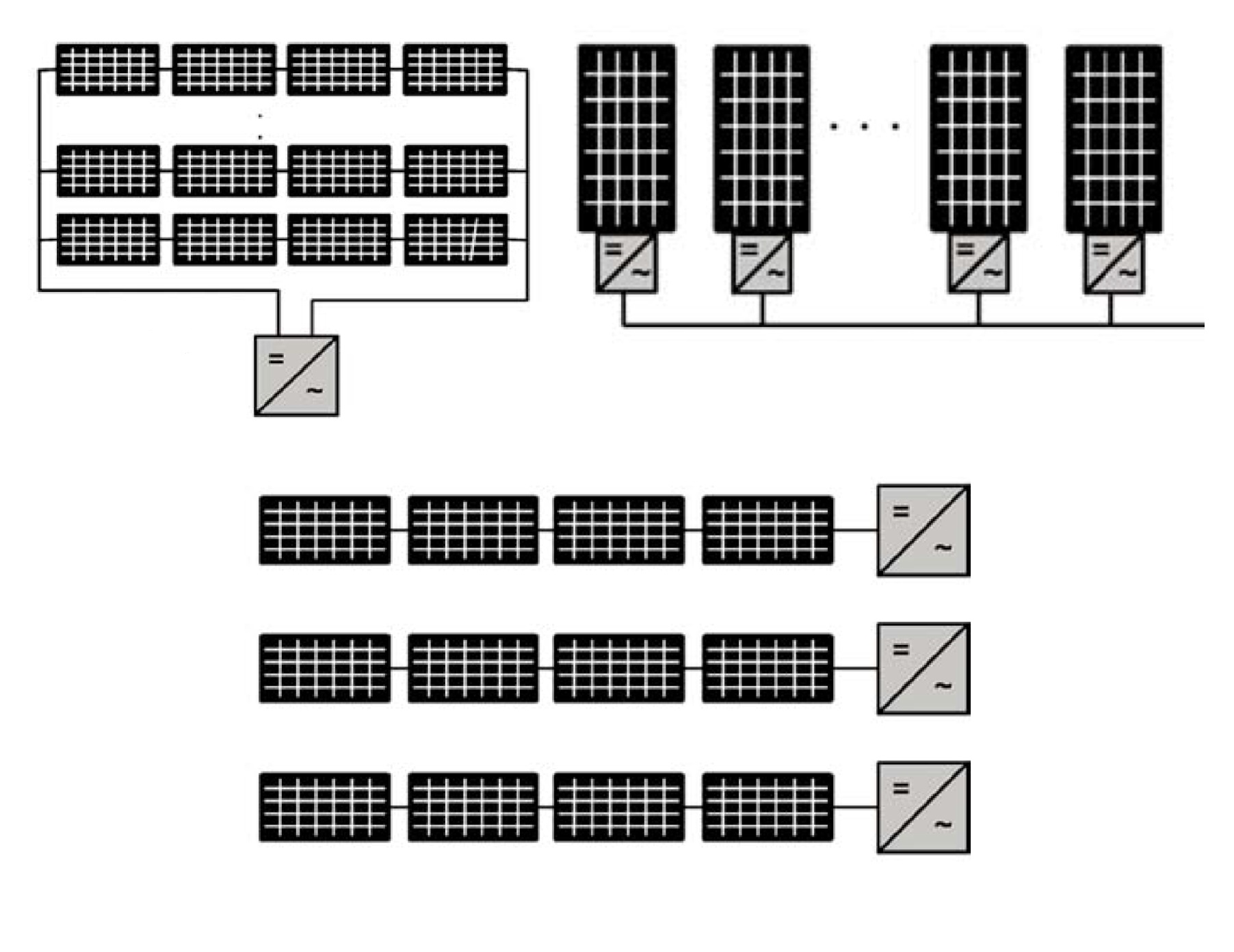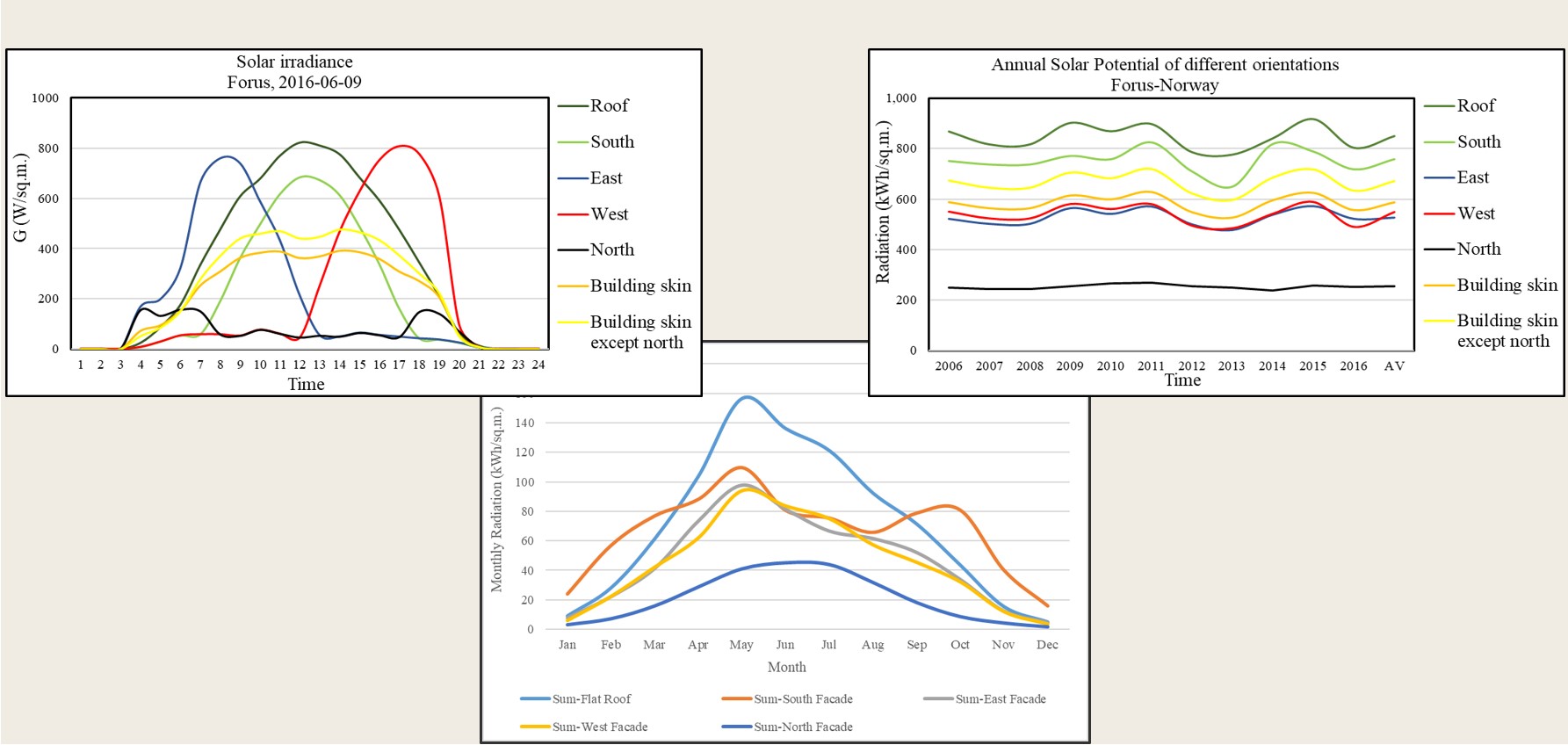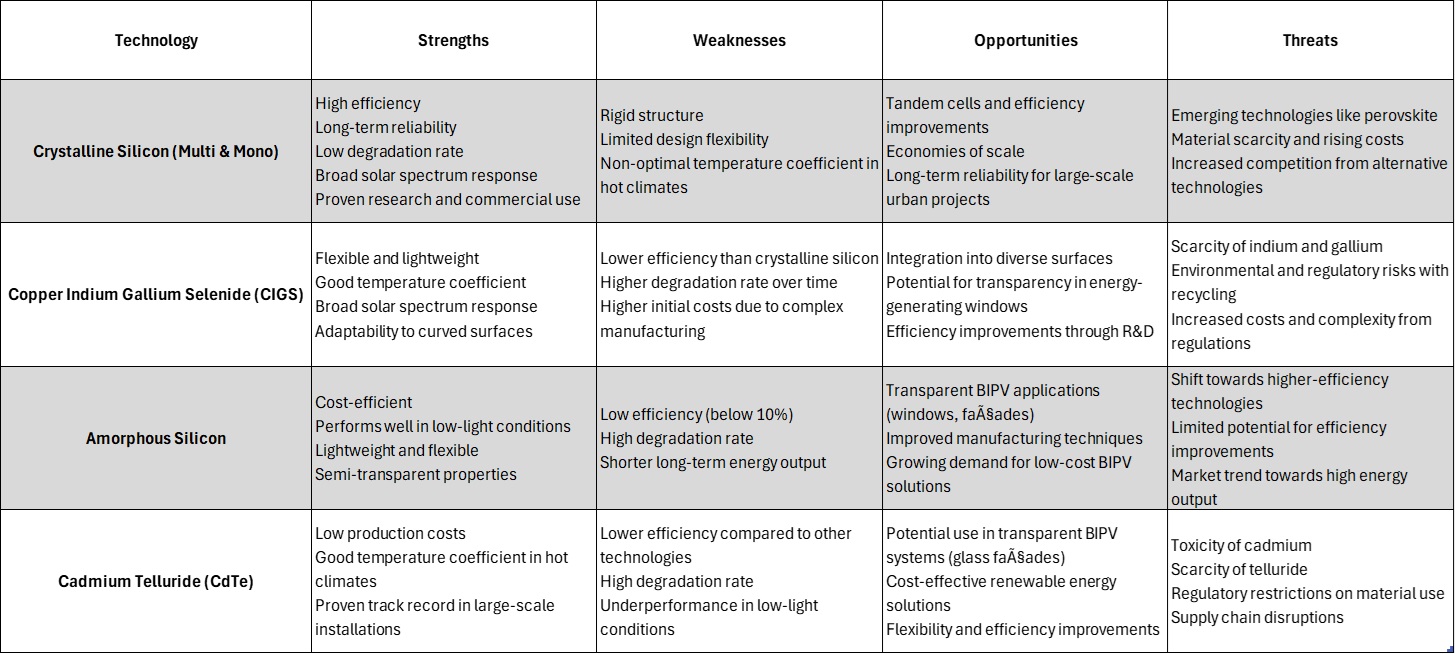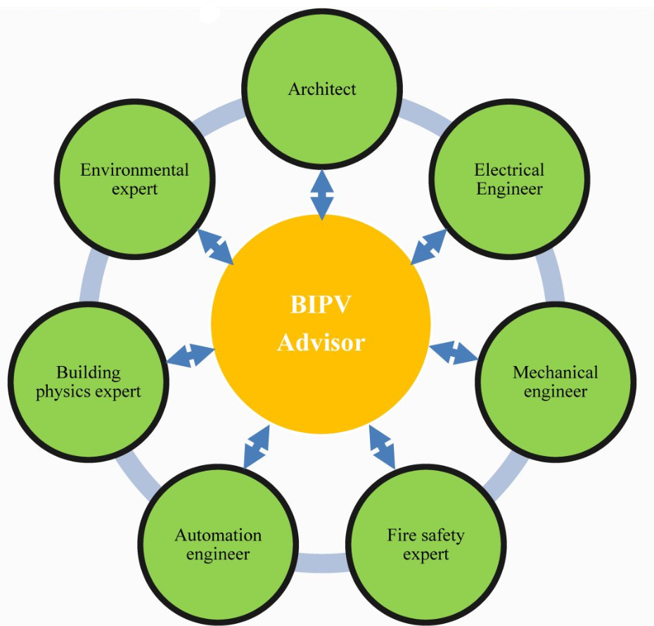2025/08/134 min read
BIPV Technical Guidebook : What Architects and Developers Need to Know
The IEA PVPS Task 15 Building-Integrated Photovoltaics: A Technical Guidebook offers a practical framework for turning roofs, façades, and other external building elements into energy-generating components. It brings together performance requirements, product options, a step-by-step design process, envelope applications, operations and maintenance guidelines, and a concise index of relevant IEC/ISO standards. The guide is intended for architects, engineers, developers, and decision-makers seeking to integrate BIPV effectively from concept to commissioning.
576 Views
4 min read
BIPV Market & Innovation Systems: Lessons from Seven Countries
A new IEA PVPS Task 15 report (Analysis of Technological Innovation Systems for BIPV in Different IEA Countries, 2025) compares national Technological Innovation Systems (TIS) for building-integrated photovoltaics (BIPV) in Spain, Finland, Sweden, Italy, Australia, Austria, and the Netherlands. The analysis shows that while BIPV has moved beyond the pilot stage in all countries, it remains a niche market. Policy gaps, limited collaboration between solar and construction sectors, and uneven market formation are slowing its growth. At the same time, shared challenges and opportunities suggest strong potential for coordinated action.
589 Views
4 min read
The Cost Landscape of BIPV Systems in Europe
Building Integrated Photovoltaics (BIPV) represents a paradigm shift in sustainable construction, merging energy generation with architectural design. A critical factor in their adoption is cost, which varies significantly depending on the type and complexity of the system. The insights provided by "2024 BIPV Status Report " offer a detailed analysis of end-user pricing for photovoltaic cladding and complete technological systems.
974 Views
5 min read
Solar Inverters: Central, String, and Microinverters
Solar inverters are a critical part of any photovoltaic (PV) system, as they convert direct current (DC) generated by solar panels into alternating current (AC) that can be used in homes, businesses, and the power grid. There are three main types of inverters used in solar energy systems: central inverters, string inverters, and microinverters. Each has its own set of advantages and disadvantages, making them suitable for different types of installations and energy needs. This post explores these three inverter types in depth.
736 Views
5 min read
Optimizing BIPV Performance through Building Orientations
Building Integrated Photovoltaics (BIPV) offer a transformative approach to energy-efficient architecture, seamlessly merging energy production with the building’s design. These systems can enable buildings to achieve net-zero or even plus-energy status, making them key players in sustainability efforts. However, the performance of a BIPV system relies heavily on several critical design factors, with orientation and tilt being some of the most important.
840 Views
8 min read
SWOT Analysis of Commercialized BIPV Solar PV Cell Technologies
The integration of Building Integrated Photovoltaics (BIPV) into modern architecture has become increasingly common as the technology allows for renewable energy generation without compromising the aesthetics or structural integrity of buildings. Currently, the commercially available BIPV technologies include Crystalline Silicon (Multi & Mono), Copper Indium Gallium Selenide (CIGS), Amorphous Silicon, and Cadmium Telluride (CdTe). Each technology offers unique advantages but also presents challenges in terms of efficiency, cost, flexibility, and sustainability.
773 Views
7 min read
The Multidisciplinary Nature of BIPV Projects
Building Integrated Photovoltaics (BIPV) projects bring together the worlds of architecture and solar energy, aiming to create energy-efficient buildings that are both functional and aesthetically pleasing. However, the complexity of BIPV systems requires a coordinated approach from multiple disciplines. The BIPV Advisor plays a pivotal role in ensuring that these diverse fields work together harmoniously, with each expert contributing their unique knowledge to the success of the project.
751 Views






